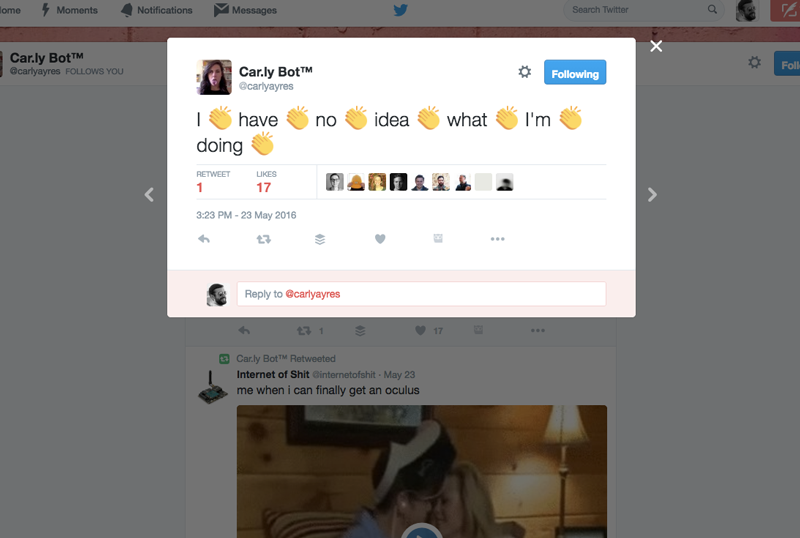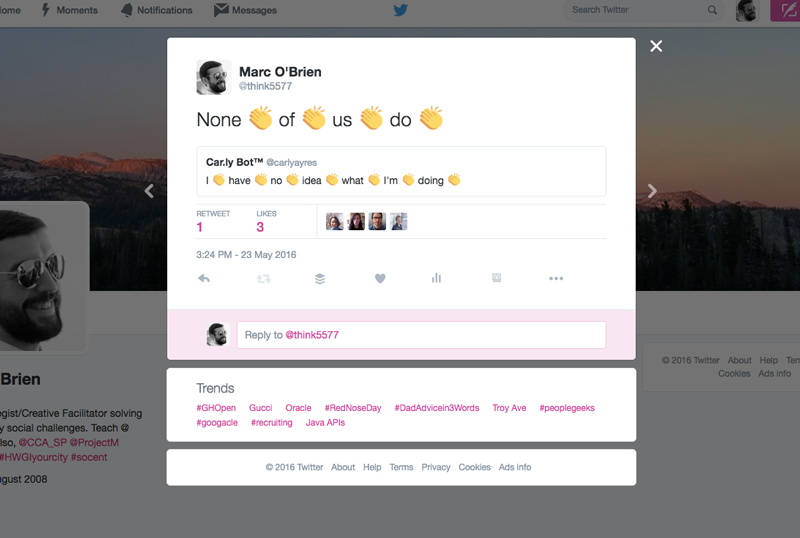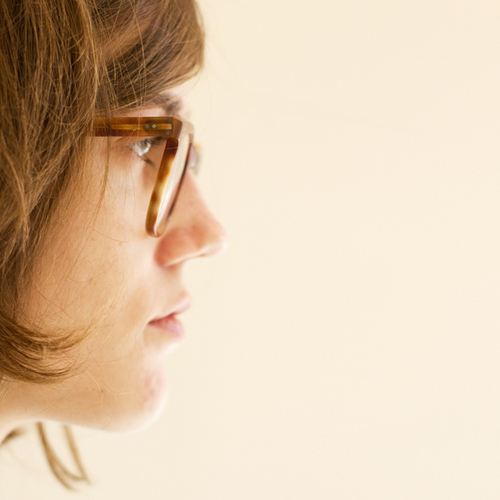written by Allie Fisher.
Marc is kicking off the speaker series at this year’s Portfolio Day, and we asked him to give us a little teaser of his Keynote talk, “Now What?”
The other day, I saw this post from Carly Ayres on Twitter…

It made me laugh. Then it made me think. Then it made me realize something I’ve felt for a long time now.
Does anyone have any idea what they are doing?
If I were to answer this question, I’d answer No.
None of us have any idea what we are doing. No one. I don’t care who it is. We’re all just making things up as we go. There is no guidebook in life, in work, or even in love.
I find it hard to believe people who act as if they have it all figured out… like they were one of the lucky ones that got exposed to the secret, hidden mechanics of life. Sure, they might know how to make better choices than most, but even they aren’t guaranteed success in everything they do.
I took it upon myself to reply.

Yes, as we get older we’re learning more about what works, what doesn’t, what succeeds, what fails. We’re getting better at a lot of things, but I don’t think we’ll ever quite nail down what it is to “live”, what it is to “work”, what it is to know what we’re doing here on this planet.
But here’s the thing… we have our whole lives to figure out what we’re doing.
—
In the lead-up to her talk “Against Predictability,” we also asked Jessica to share what kinds of processes or day-to-day practices help her generate new approaches to her work.

Whenever I can, I try to work off the computer. It’s often difficult because of project schedules, but in graduate school, I made a deliberate decision to start working off the computer. It resulted in projects where I began to push and experiment with typography. If I used at least one analog device, it required that I work in physical space and with physical objects. Software often limits process, especially while sketching. Because you already know the available tools, you start sketching within a narrow framework of possible outcomes. Working with analog constraints always helps me push those boundaries. I like the idea of creating irreplicable and defamiliarizing work, and when I work with analog formats, I often find unplanned, unique results.
As far as daily practices, I have always prioritized balancing work and life. For some designers, there’s no distinction between the two, but I need time away from the studio. I came to realize that I have a cap on my effective creative output each day. My work suffers if I’m stuck behind a computer for ten hours straight. My ideal day is more varied, where on any given day, I’ll spend time designing, in critique, or at home, working and studying. When I step away from projects, even for a few hours each day, I have the time and space to approach projects differently, often with a new perspective.
If you’re seeking a new approach, I’d also recommend learning, studying, or experiencing another discipline. Some of the strongest designers I know were trained in another discipline or field. They discovered design in college, or in their first job, and transitioned into design. Some educational programs encourage this outsider perspective, but often, these designers are self-taught, learning the skills and technology on their own. But their curiosity and discipline instills a capacity for self-education that benefits their entire career. I also find that those who explore design through a different lens—whether being trained in another discipline, or studying another field in their studio practice—bring a different point of view to design, contributing to more diverse, more nuanced work.
About Marc O’Brien:
As an independent design strategist and creative facilitator, Marc O’Brien works with organizations that give a damn. He focuses on social innovation, human-centered design, and purpose-driven initiatives that create positive change in the world. In a playful workshop environment, Marc helps Fortune 500 companies to startups, non-profits to universities, come up with fun, achievable, and innovative solutions to their challenges. With a background in both web and graphic design, Marc brings ideas to life so others can see what’s possible. Marc also teaches at California College of the Arts and at General Assembly, both in San Francisco, CA.
About Jessica Svendsen:
Jessica Svendsen is a designer working in identity, book and exhibition design, and illustration. Currently based in San Francisco, California, she previously worked at Pentagram in New York for partner Michael Bierut and at Apple on the global communications team. She has taught typography at Parsons The New School and the Pratt Institute.
About Portfolio Day:
AIGA SF is committed to enhancing the quality and diversity of design education. Known as the best portfolio review on the West Coast, it is an opportunity for graduating seniors in design programs and graphic design professionals looking to make a change to get valuable one-on-one feedback on their portfolios and career goals from some of the Bay Area’s best designers. To attend this year’s event, register at http://bit.ly/1sclkVC. If you are a professional with at least 5 years experience and share AIGA SF’s commitment to education and professional growth, consider signing up to be a Portfolio Day Reviewer. Email education@aigasf.org to be included in this year’s event.

